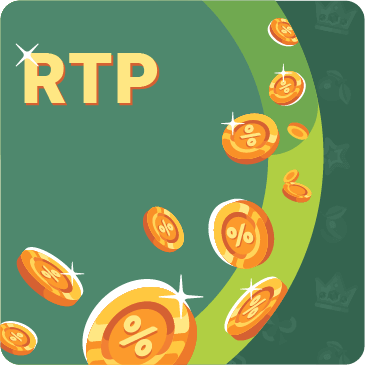
Demystifying Slot RTP: A Deep Dive into Return-to-Player Metrics
In the world of online gaming, understanding the term Return to Player Percentage (RTP) is crucial. Essentially, it highlights the percentage of stakes a slot game will pay back to players over an extended timeframe.
Imagine a slot with an RTP of 96%. Over time, for every $100 bet, it’s anticipated that $96 will be returned to the player. Such statistics are pivotal in setting expectations regarding potential losses on specific games.
Every real-money casino game boasts its unique RTP rate. For insights into varying RTP rates, our catalog of free slot games provides ample opportunities for demo play.
Knowing the significance of RTP in slot games grants a clearer picture of potential long-term outcomes. But how is this figure derived? Simply, it’s the ratio of the total winnings of a game to the total amount wagered.
For instance, if a game amasses $1,050,000 in bets and pays out $985,000 in a month, its RTP is 94.81%. Calculated as: 985,000 / 1,050,000 = 0.93809.
Games like Blackjack are straightforward, but for video slots, RTP might not showcase the frequency of wins. That’s where understanding volatility is crucial.
While RTP reflects the percentage of returned wagers, the frequency of winning, or hit frequency, indicates how regularly players might expect to land wins. For instance, a slot with an 8% hit frequency suggests an 8% chance of hitting a win in 100 spins. However, remember that hit frequency is an average estimate and might not always reflect precise odds on every spin.
Might be interesting
Page contributors

Written by
Oliver Martin is our slot expert and casino content writer with five years of experience playing and reviewing iGaming products. He specializes in slot machines and casino news articles, with a diligent approach that provides value to readers wanting to try the games for themselves, including a review 2026 of the latest titles. Oliver keeps in touch with the latest gambling trends and regulations to deliver spotless and informative articles on localized gambling content.

Reviewed by
Charlotte Wilson is the brains behind our casino and slot review operations, with more than 10 years of experience in the industry. Her expertise lies in casino reviews carefully crafted from the player’s perspective. She developed a unique content creation system based on experience, expertise, and a passionate approach to iGaming innovations and updates.

Fact-checked by
Noah Taylor is a one-man team that allows our content creators to work confidently and focus on their job, crafting exclusive and unique reviews. Once they are done, Noah takes over with this unique fact-checking approach based on factual details. He uses his PR skills to inquire about the main details with a support staff of online casino operators.